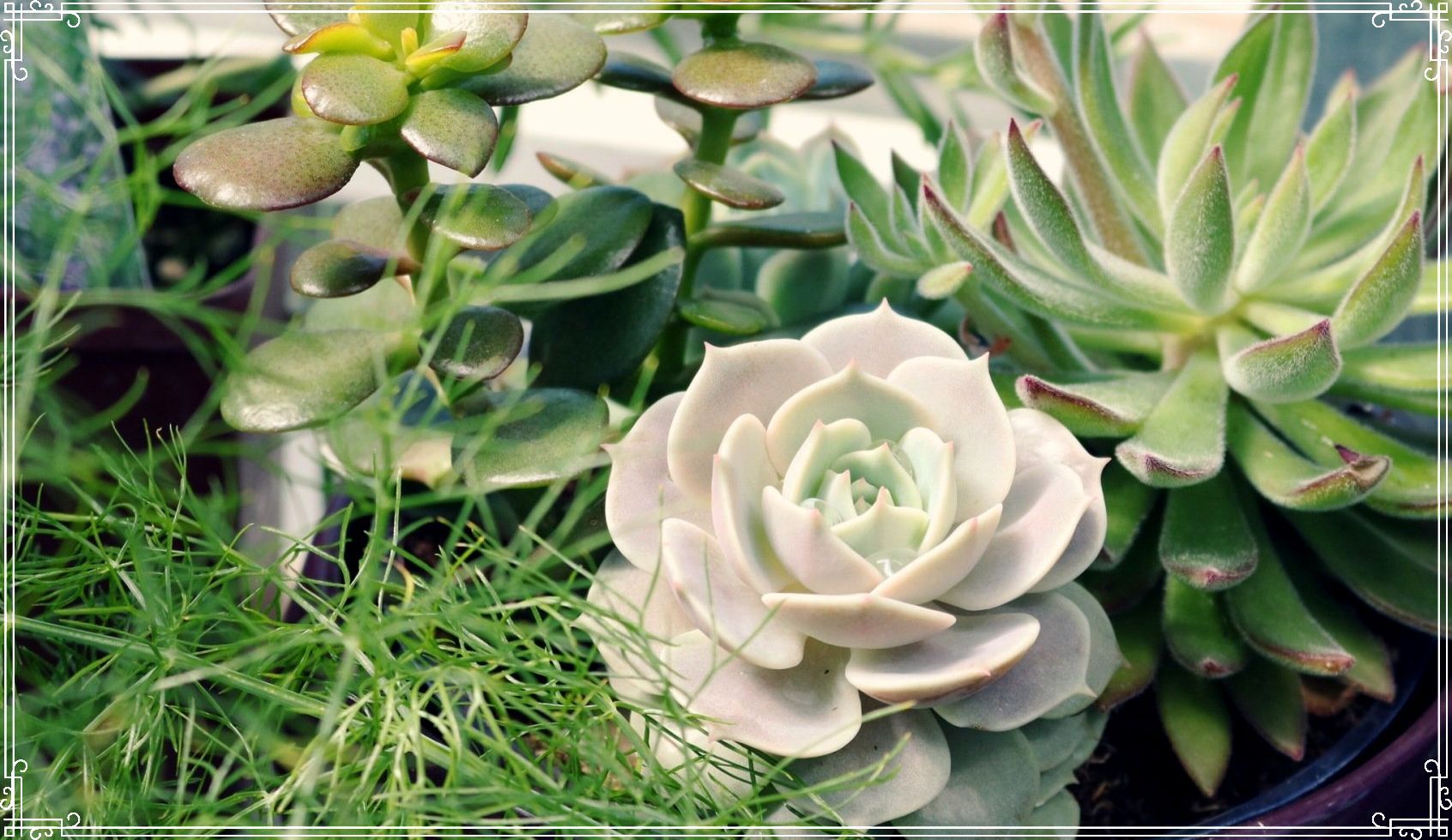Why xeriscaping is trending due to water conservation in Texas
Learn about cost-effective reasons for Xeriscaping

Greetings, fellow environmental enthusiasts! Today, I am excited to delve deeper into the world of xeriscaping - a landscaping trend that is gaining popularity for its water-saving and sustainable practices. As someone who is dedicated to promoting eco-friendly living, I am thrilled to see more individuals embracing this environmentally conscious approach to gardening.
When it comes to xeriscaping, one of the fundamental principles is soil improvement. By enriching the soil with organic matter, you can enhance its water retention capabilities and nutrient content, providing a solid foundation for your plants to thrive. This is especially crucial in regions like Texas, where the soil can be sandy and lacking in essential nutrients. In addition to soil improvement, xeriscaping also emphasizes the use of native plants to Texas. These plants are well-suited to the local climate and soil conditions, requiring less water and maintenance compared to non-native species. By incorporating native plants into your landscape design, you can create a vibrant and sustainable garden that supports local biodiversity.
Mulch plays a vital role in xeriscaping by helping to retain soil moisture, suppress weeds, and add organic matter to the soil as it decomposes. In the scorching Texas heat, mulch is essential for protecting plant roots from excessive heat stress and conserving water, making it a valuable addition to any xeriscape design.
Another key aspect of xeriscaping is reducing turf area. Traditional lawns demand a significant amount of water to maintain their lush appearance, making them unsustainable in water-stressed regions like Texas. By minimizing turf and replacing it with drought-tolerant groundcovers, gravel, or native plants, you can significantly decrease water usage and maintenance requirements while still enjoying a beautiful landscape.
Lastly, xeriscaping promotes low-maintenance landscaping practices. By selecting drought-tolerant plants and implementing water-efficient design elements, you can create a visually appealing garden that requires minimal upkeep. This not only saves you time and money but also reduces your ecological footprint, contributing to a more sustainable future for our planet.
In conclusion, xeriscaping is a smart and environmentally friendly choice for anyone looking to conserve water, enhance soil health, and create a stunning landscape. By following these principles and incorporating native plants to Texas, you can create a garden that is not only beautiful but also ecologically sustainable. So why not join the xeriscaping movement and make a positive impact on your surroundings? Your garden, your wallet, and the planet will thank you!
Landscape Sustainability through Xeriscaping
In recent studies into 2024, 92% of residential homeowners are now laser focused on sustaining their lawns with more eco-friendly soloutions in the landscaping requests to conserve water all while keeping their homes looking sharp and controlling costs.
In the grand scheme of landscaping for 2024, sustainability continues to take center stage. Homeowners are progressively embracing environmentally conscious approaches, exemplified by the rise of practices like xeriscaping.
This landscaping technique, characterized by the use of drought-tolerant plants, contributes to water conservation.
Additionally, the incorporation of rain gardens, designed to naturally manage stormwater, underscores a broader commitment to environmental preservation.
This trend signifies an increasing dedication to both safeguarding our surroundings and minimizing water usage and maintenance responsibilities.
Book a Service Today
We will get back to you as soon as possible
Please try again later
The regions leading professionals in landscaping, design and lawn care services
All Rights Reserved | Georgetown Landscaping
Locations: